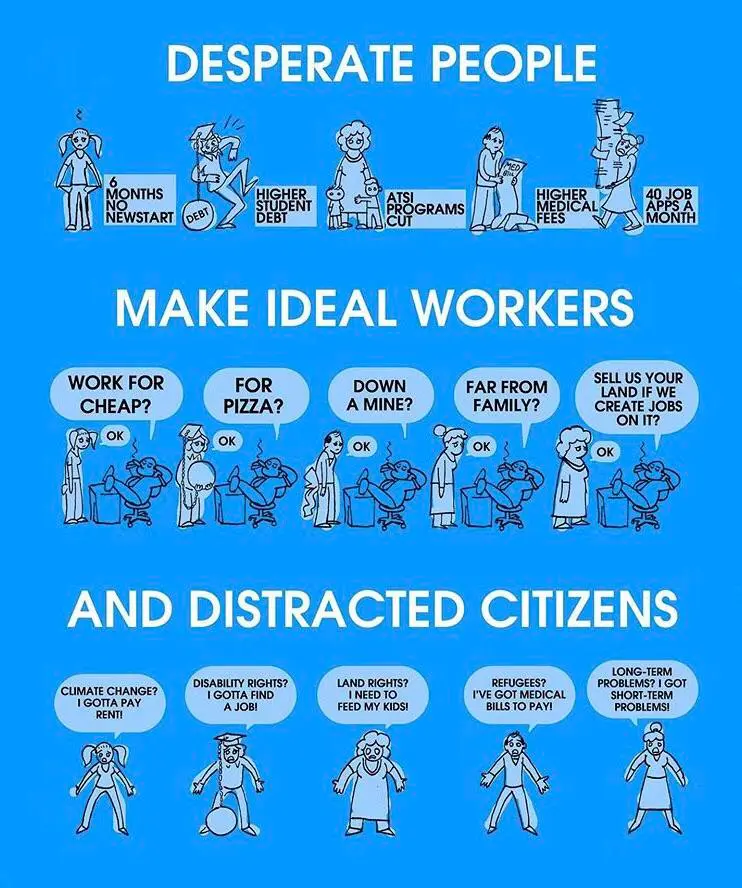A harrowing story of employment conditions in and around Vermont granite quarries in the early 1900s.
A few years after the introduction of pneumatic tools, stonecutters noticed that intense fatigue, recurrent colds, and chest pains had become part of their daily lives. Far worse, scores of previously healthy men were dying years before their time. People started calling the affliction the men suffered “stonecutters’ tuberculosis.” They had no proof, but workers suspected that the dust was the culprit.
But some things never change, first you’ve got the companies trying to shift the blame for worker deaths to the filthy, unhygienic workers themselves, and also proposing (without admitting guilt!) to make a small, ineffectual but rock-bottom-cheap change that if you squint just right might almost look like they’re doing something. Oh and the State is in complete agreement with the companies, natch’.
By 1903, unions saw dust as a serious enough threat that ventilating the sheds became one of their contract demands. Granite companies countered by offering brooms to sweep up the dust and water to wet the stones. Management and state health officials said the workplace wasn’t the problem: The health crisis was a hygiene issue caused by unsanitary conditions at home or in the community.
Even after it’s clear to everyone that on-the-job injuries are killing workers, the owners refuse to spend a penny to remedy the situation, preferring that workers just keep dying.
In 1909, complaints about one kind of pneumatic device escalated into a large-scale labor dispute. Workers at the Cross Brothers Company in Northfield called on owners to restrict use of a heavy surfacing tool called a “bumper” only to warm-weather months, when shed doors and windows could be opened to clear the dust it produced. But the owners refused.
… the owners backed down and agreed to limit use of the bumper while ventilation equipment was designed and installed in the sheds. However, the owners eventually decided not to install ventilation and sought instead to require that workers use a lighter-weight version of the bumper.
When the companies were finally forced to do something, they stuck the workers with the cost of the fix. That’ll teach 'em.
Things started to change in 1937 when a new labor contract called for shed owners to install dust-removal systems by September of that year. While other workers in the sheds received pay raises in the new contract, the most vulnerable workers, the stonecutters, received none.
Owners justified that lack of a raise by arguing that stonecutters were the ones benefiting most from the dust-control systems; the installation cost would be partially offset by freezing their wages.
And finally the media (the publisher of the linked article), summarizes the behavior of the companies in question as motivated by (necessarily virtuous) competitive considerations, and not by the pure greed of the owners.
It took time to connect the dust with disease, and even once there was a known link, granite companies resisted spending money that they feared would make them less competitive with other stone manufacturers
“less competitive” and not “less profitable for the owners”.
Much more in the linked article, a good read if you’re interested in labor history. Or in 20th-century Big Granite.


